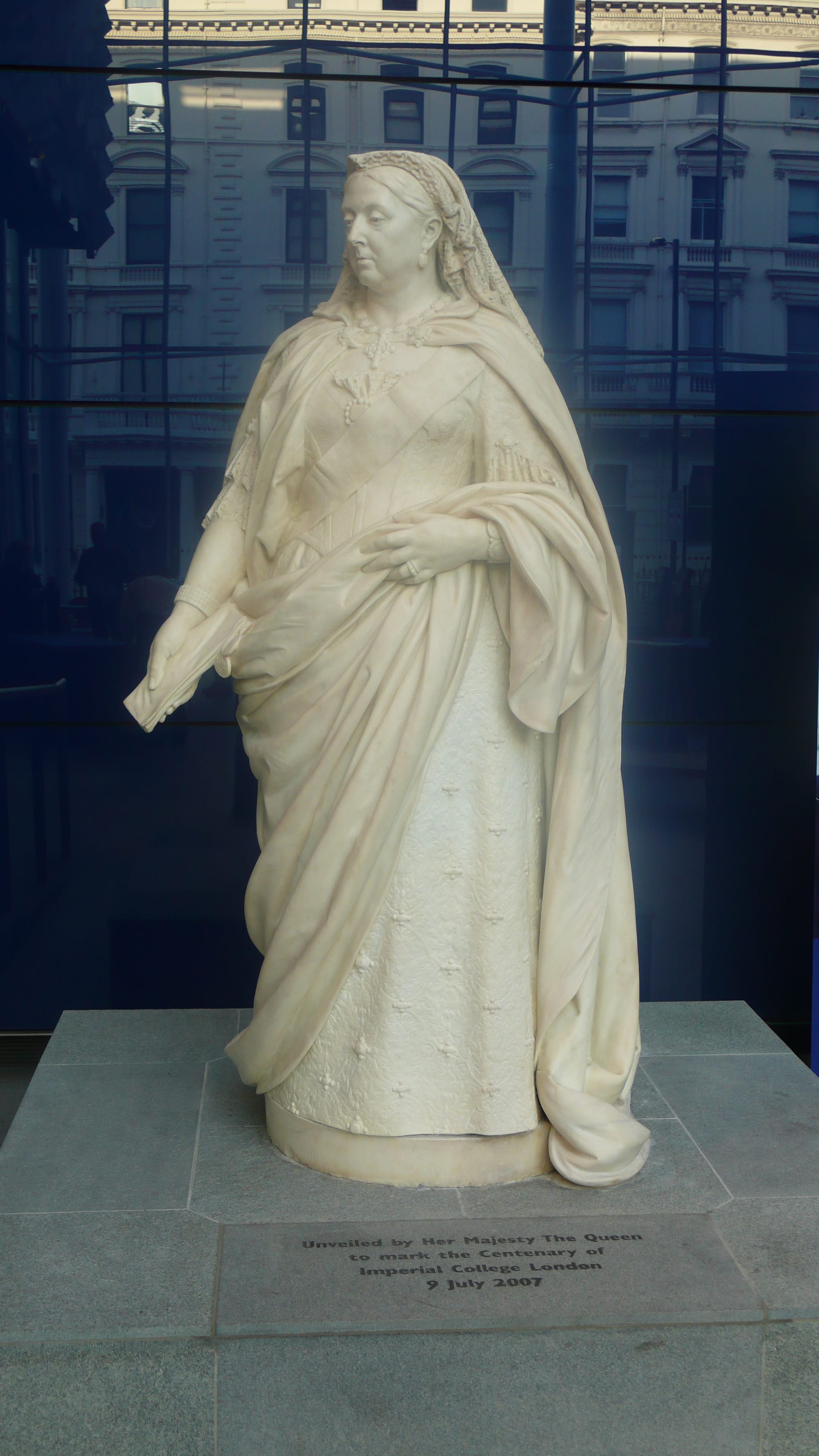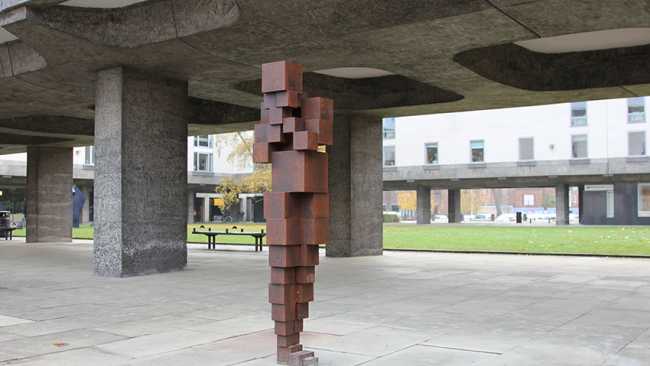How should a statue look?
Gormley faces further criticism as University of Cambridge statue of Alan Turing is revealed, aptly named... DAZE IV?

When I first saw the designs for ALERT, I genuinely didn’t believe it was real. Thee idea that real life members of the bureaucracy could genuinely want or even approve such a comically phallic statue seemed too funny to be true. That amusement has now been replaced by anger, after seeing Antony Gormley’s proposed statue in tribute to Alan Turing, in Cambridge. It turned out the statues’ concepts come from a line of sculptures called Cast Slabworks, all following the motif of “Humans but made of cuboids”. My anger spews forth from two factors: artistic and moral. I myself am an artist by trade, and this line of sculptures is basically just a technical exercise, in the same vein of making a drawing without li$ing your pen o& the paper. Figure Drawing Methods for Artists, by Boerboom and Proetel, is an excellent book full of suggestions for these kinds of studies.

puzzle game utilises a style very similar to Gormley’s to produce all manner of images. This is not to disparage the sculptures; they make for quite an effective physical exhibition when viewed one after the other in ensemble. But each individually has little value as a standalone piece, much as a single musical note is quite boring when removed from its parent melody. And yet, one of these is what’s being given to the commemoration of Alan Turing. Compare Imperial’s most important statue: that of Queen Victoria in the entrance space. There is no pretentious attempt to make an abstract statement of any kind, the statue is an expertly made rendition of the monarch most associated with the university and the neighbouring museums. Imagine how much more engaging for the average person it is to see a realistic statue of an icon, look at the statue from different angles almost imagining that you are looking upon the real person, feel the reality that this person existed and influenced the course of history… and now consider what will actually be available to Cambridge students: looking at some cuboids that you are told represent the !gure. From an artistic perspective, it really is quite lazy. From an audience perspective, it is needlessly ‘artsy’. Just make a statue that looks like the guy.
Moving beyond art, however, the greatest point of anger for me now directed towards Antony Gormley is how much of an actual insult to Alan Turing it is to offer what he has offered in the way of a commemorative statue. Ignoring my bias against abstract art, it cannot even be argued that the statue was in any way inspired by Alan Turing; there are scores more statues indistinguishable from it from the rest of Cast Slabworks; ALERT could easily have been offered in its place.

Some argue that its problem is that it clashes with the aesthetic of the Cambridge grounds, when in reality the problem is that it is the equivalent of being asked to paint Charles Babbage and just picking out an already drawn sheet of something unrelated from your sketchbook. What is being erected in truth is an Antony Gormley statue, in place of an Alan Turing one. This wouldn’t be a problem if the statue were part of an Antony Gormley exhibition, as it would necessarily be an experience dedicated to Antony Gormley. But a statue in a public space, in principle dedicated wholly to the figure? The only truly respectful style is realistic, like the aforementioned Queen Victoria, made by a trade sculptor not overly-concerned with making a name as a statement artist.
For the sake of momentary clarity, I have directed my anger towards Antony Gormley. I should make it clear that perhaps the real rage should be felt towards whoever commissioned him for the Alan Turing statue. Obviously Antony Gormley would both use an unnecessarily abstract style from his own portfolio and impose his personality on a statue dedicated to a historical icon. He’s Antony Gormley. If you wanted a more conventional and respectful tribute, you would simply commision a skilled but conventional sculptor. So why didn’t they? Is Alan Turing’s name so worthless that it must be propped up by a famous sculptor? Is Antony Gormley so much more desperate for employment than trade sculptors? Truly, some people cannot be trusted to spend money wisely. However, we cannot grant Gormley any leniency for not identifying the massive erection in ALERT, that’s all on him.








